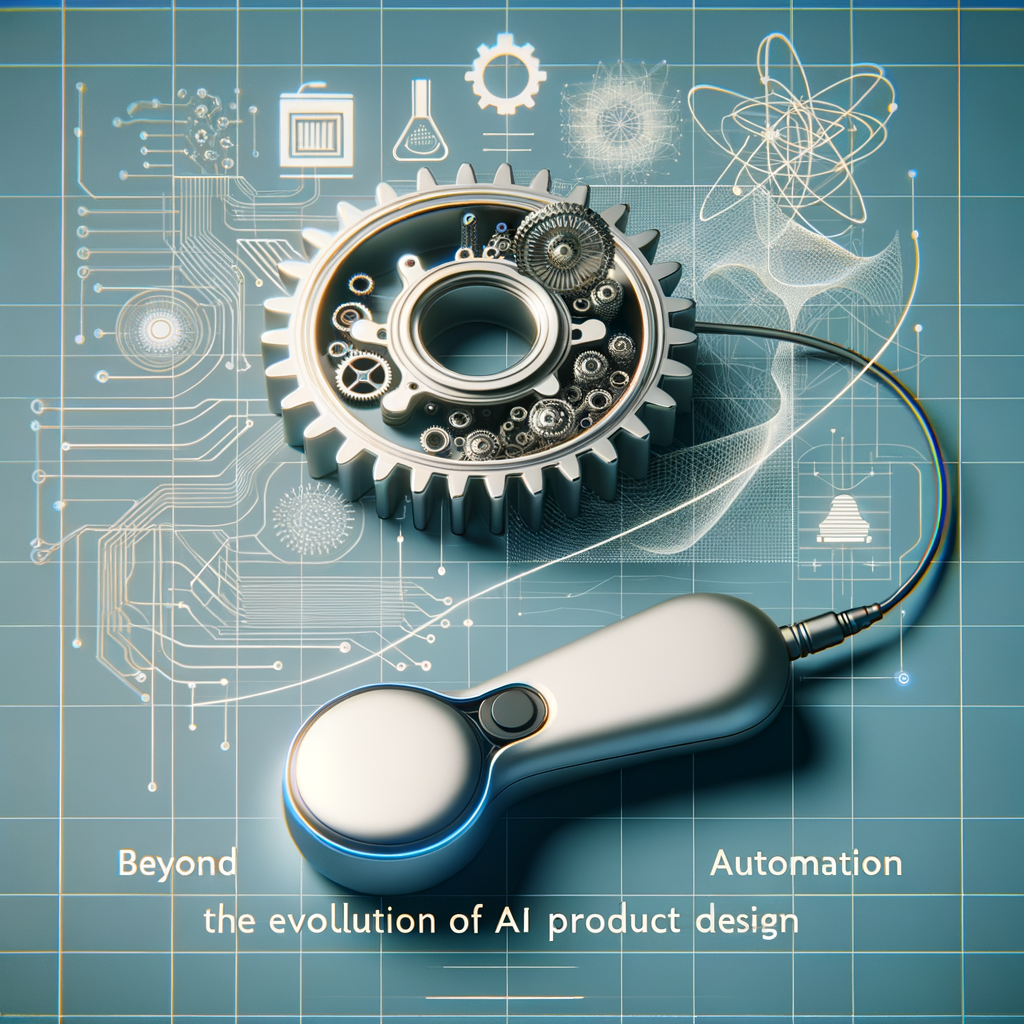
Beyond Automation: The Evolution of AI in Product Design
Explore the dynamic role of artificial intelligence in revolutionizing the field of product design. From data-driven insights to creating intricate designs, discover how AI is pushing the boundaries of creativity and efficiency in product development.
Beyond Automation: The Evolution of AI in Product Design
Introduction
In recent years, the field of product design has undergone a remarkable transformation, thanks to the rapid advancements in artificial intelligence (AI). No longer confined to mere automation of repetitive tasks, AI is now actively shaping the creative process, influencing how designers conceptualize, prototype, and iterate on products. This evolution marks a significant shift in the industry, allowing designers to push the boundaries of creativity and efficiency.
The Influence of AI in Modern Product Design
Data-Driven Insights
One of the most profound impacts of AI in product design is its ability to harness vast amounts of data to generate insights. AI algorithms can analyze consumer behavior, market trends, and historical design data to provide designers with actionable insights. These insights help designers understand their target audience better, predict trends, and create products that resonate with customers.
Generative Design
AI-powered generative design is revolutionizing the way products are conceptualized. By inputting specific design criteria, such as materials, dimensions, and functional requirements, AI systems can generate a multitude of design options. Designers can then choose from these options or further refine them, resulting in innovative and highly optimized design solutions that might not have been possible through traditional methods.
Enhancing Creativity
Contrary to the fear that AI might stifle creativity, many designers have found that AI tools enhance their creative potential. By automating mundane and time-consuming tasks, AI allows designers to focus more on the exploratory aspects of design. AI can suggest unexpected solutions, provide inspiration, and even collaborate with designers to co-create artful products.
Case Studies
AI in Automotive Design
One notable example of AI's impact is in the automotive industry, where companies like BMW and Tesla use AI for styling, aerodynamics optimization, and even personalized design features based on user data. These AI-driven designs offer improved performance, aesthetics, and customization options that cater to individual preferences.
Fashion and Apparel
In the fashion industry, AI is used to predict style trends and consumer preferences, leading to clothing lines that reflect current fashion with high accuracy. Brands like Zara and H&M leverage AI algorithms to adjust their collections swiftly, ensuring trends are captured at the right moment, thus minimizing overproduction and waste.
Challenges and Ethical Considerations
While the integration of AI in design brings numerous benefits, it also presents challenges. There is the concern of over-reliance on AI, which could lead to a loss of human touch and intuition in design. Furthermore, ethical questions arise regarding data privacy and the algorithmic bias that might affect design outcomes. It's crucial for designers to maintain a balance, ensuring AI acts as a tool rather than a replacement.
The Future of AI in Product Design
Looking ahead, AI is poised to play an even more significant role in product design. The continued evolution of AI technologies promises to further break down the barriers between design imagination and technological capability. Designers equipped with advanced AI tools will not only work faster but also explore new realms of creativity, leading to products that enhance functionality and user experience.
Conclusion
The intersection of AI and product design is an exciting frontier with limitless possibilities. As AI continues to evolve, it empowers designers to innovate, explore, and create like never before, transforming not only products but the very nature of design itself. This continuous collaboration between technology and human creativity ensures that the future of product design will be both revolutionary and inspiring.